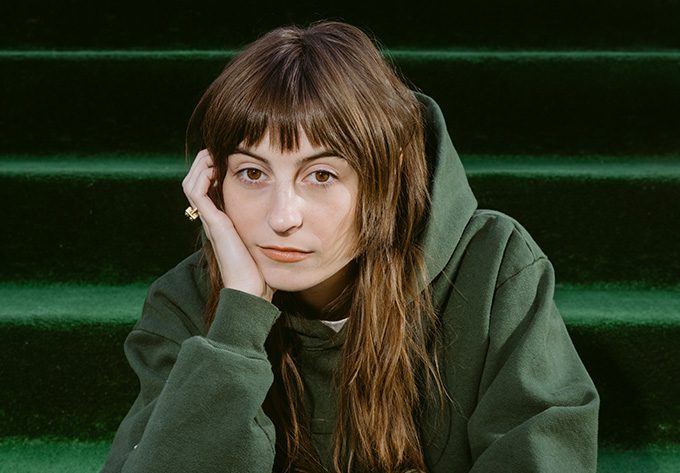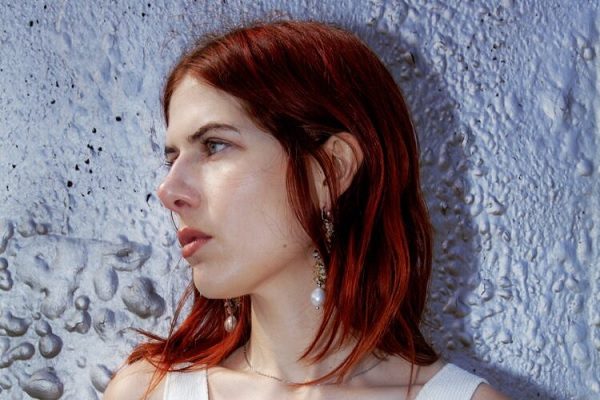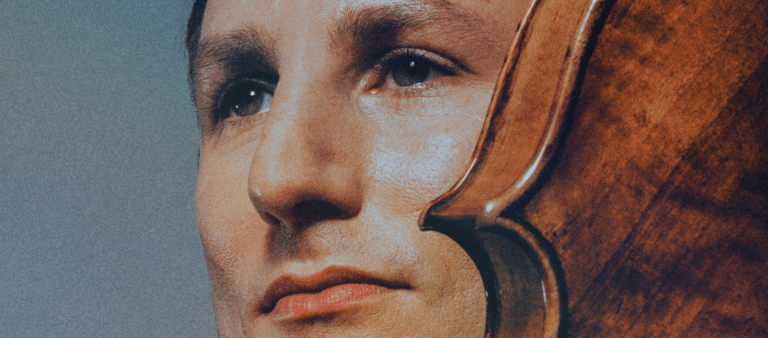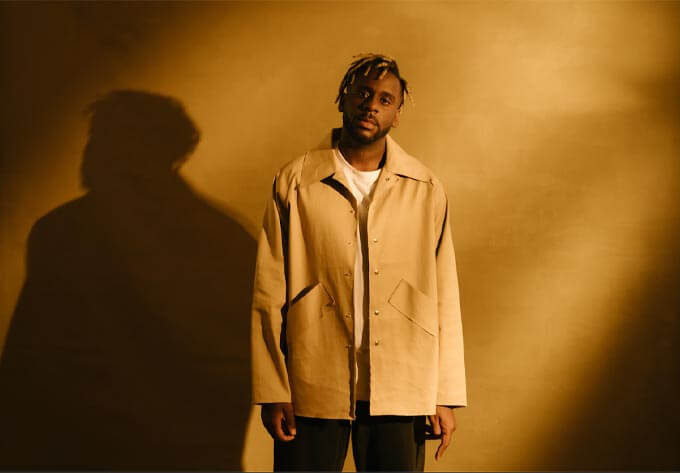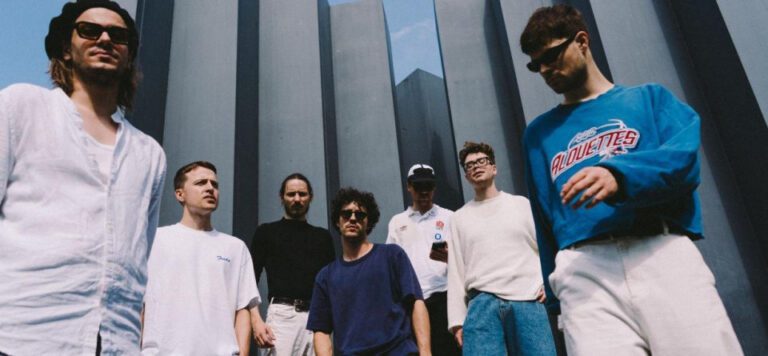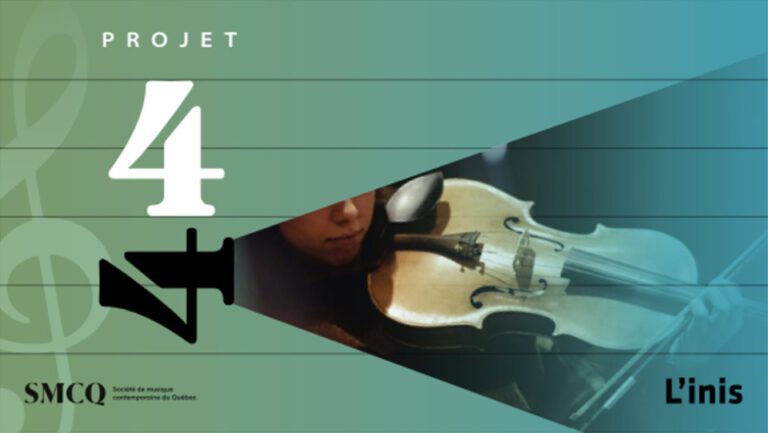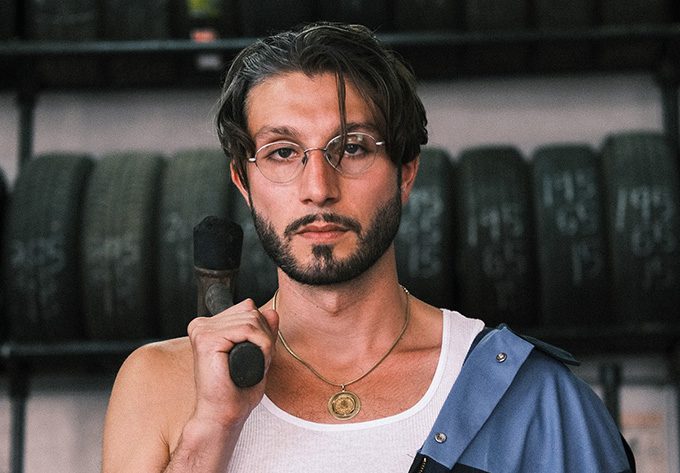La chanteuse et compositrice indie basée à Atlanta Faye Webster a commencé à écrire des chansons aux accents country dès l’âge de 14 ans. Après avoir trouvé une entrée peu conventionnelle dans l’industrie musicale en faisant partie d’un collectif de rap, elle a continué à évoluer de manière tout aussi imprévisible. Son premier album éponyme, sorti en 2017, mettait en avant ses récits folk introspectifs et vulnérables, ainsi que son caractère joueur. Deux albums suivirent, Atlanta Millionaires Club en 2019 et I Know I’m Funny haha en 2021. Ces deux disques mettaient en lumière sa pop indie toujours aussi aiguisée, et ce dernier a atteint la dixième place du classement des albums folk de Billboard. Elle a également revisité certaines de ses chansons avec des arrangements orchestraux luxuriants sur son EP de 2022, Car Therapy Sessions, une direction qu’elle a continuée de suivre sur son album de 2024, Underdressed at the Symphony.
Atlanta-based indie singer and songwriter Faye Webster began writing rustic, country-tinged songs at age 14, and after finding an unlikely entry point into the music industry as part of a rap collective, she’s forged ahead in similarity unpredictable fashion ever since. Her eponymous 2017 debut showcased her vulnerable, introspectiveindie folk narratives and playful character. Two more albums followed, 2019’s Atlanta Millionaires Club and 2021’s I Know I’m Funny haha. Both records showcased her ever-sharp indie pop, and the latter hit number ten on Billboard’s Folk Albums chart. She also reworked some of her songs with lush orchestral arrangements on her 2022 EP Car Therapy Sessions, a direction she continued to pursue on her 2024 album Underdressed at the Symphony.
POUR ACHETER VOTRE BILLET, C’EST ICI!
Ce contenu provient d’AllMusic et est adapté par PAN M 360
